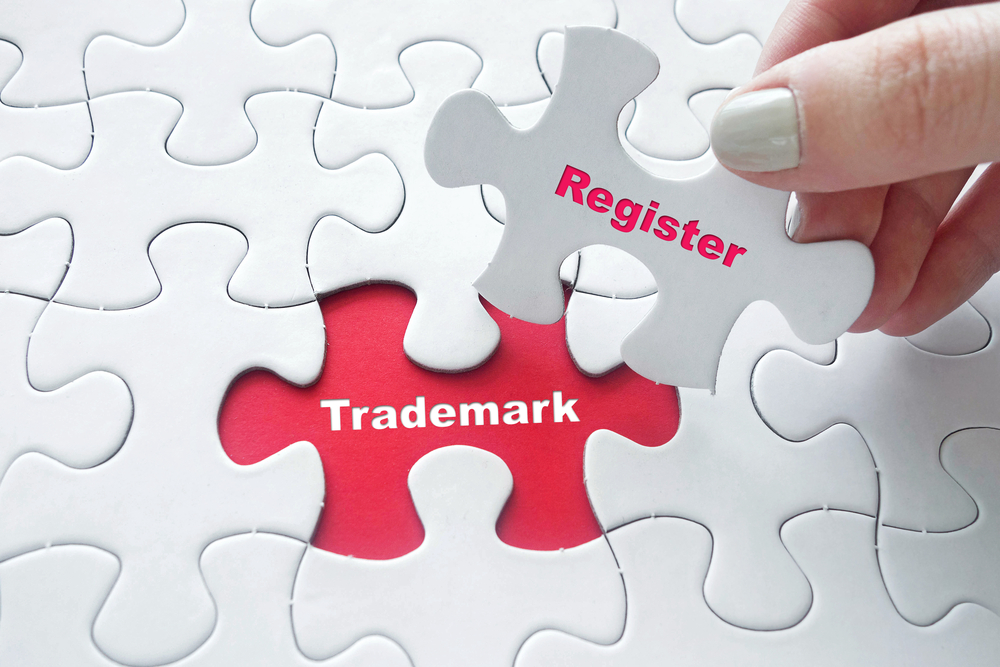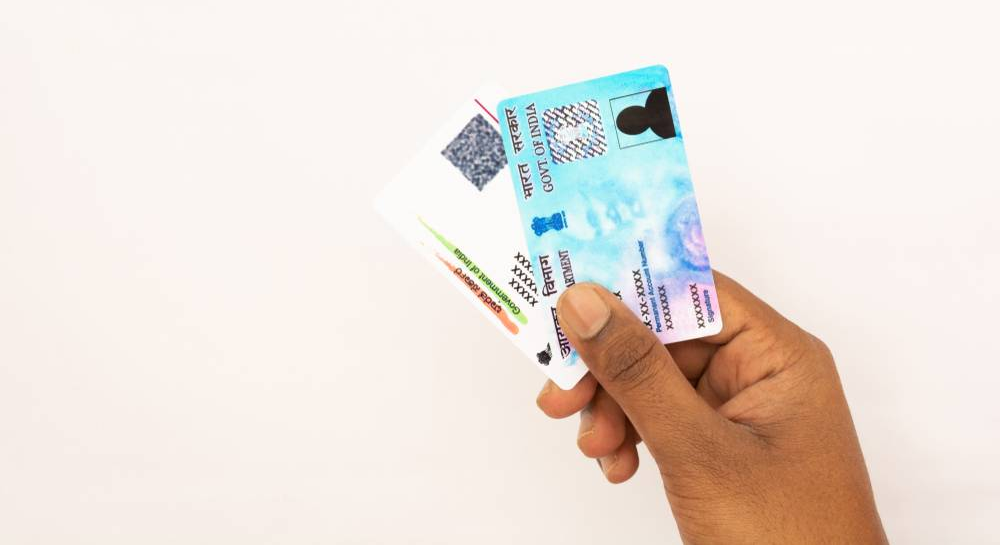 Last updated: September 11th, 2024 2:24 PM
Last updated: September 11th, 2024 2:24 PM
How to Protect Your Brand Globally with International Trademarks?
Protecting your brand globally is crucial in today's interconnected marketplace. Intellectual Property (IP) rights, including copyrights, patents, and trademarks, are essential in safeguarding unique concepts and innovative ideas. Many entrepreneurs overlook the importance of securing their IP, while others are unsure where to begin. International trademark registration, under the Madrid Protocol, offers a powerful solution for ensuring your brand receives the same legal protection worldwide as tangible assets, allowing you to maintain ownership and control over your brand’s identity across borders. This article gives you the required information on international trademark registration and how to protect your trademark globally. Secure International trademark registration quickly for your marks with IndiaFilings experts!!What is Intellectual Property?
Intellectual Property (IP) refers to the creations of the mind, such as inventions, literary and artistic works, designs, symbols, images, and names used in commerce. IP is a category of property that covers intangible creations derived from human intellect. These creations are protected by law through patents, copyrights, trademarks, and trade secrets, allowing individuals to earn recognition or financial benefit from their innovations and creative works. Various types of intellectual property exist, with some being more widely recognised across different countries than others.What is Intellectual Property protection?
Intellectual Property (IP) protection refers to the legal measures put in place to safeguard creations of the mind, including inventions, literary and artistic works, designs, symbols, names, and images. Through mechanisms like patents, copyrights, trademarks, and trade secrets, IP protection ensures that creators and innovators can secure exclusive rights to their intellectual assets. This protection not only prevents unauthorised use or infringement but also allows creators to gain recognition and financial benefits from their work. IP laws encourage innovation and creativity by protecting these intangible assets, fostering a competitive and dynamic marketplace.Benefits of Protecting the Intellectual Property
The following benefits will be obtained by protecting intellectual property,- Exclusive Rights: IP protection grants creators and inventors exclusive rights to their work, preventing others from using, copying, or profiting from it without permission.
- Monetary Gains: IP protection allows creators to monetise their innovations and creations through licensing, selling, or commercialising their intellectual assets.
- Competitive Advantage: By securing IP rights, businesses can differentiate their products and services, establishing a unique market presence that sets them apart.
- Legal Recourse: IP protection provides a legal framework to take action against infringement, ensuring that the value of intellectual assets is preserved.
- Encouragement of Innovation: Protecting IP incentivises innovation and creativity by ensuring that creators can reap the rewards of their efforts, fostering a culture of continuous development and progress.
- Brand Protection: IP protection, mainly through trademarks, helps safeguard a brand’s identity, ensuring that consumers can reliably associate products and services with a particular company or creator.
How to Secure Intellectual Property with International Trademarks?
Use the following steps to secure intellectual property with internal trademarks registrationStep 1: Global Trademark Search
Conduct a thorough search using the WIPO's Global Brand Database to check for any similar or identical trademarks already registered in the Madrid Protocol countries. Ensure that your proposed trademark does not infringe on any existing rights. If conflicts arise, you may need to modify your trademark or consider alternative options.Step 2: Basic Application or Registration
Establish a trademark application or registration in your home country. This serves as the basis for your international application.Step 3: International Application
Submit a single international application through the World Intellectual Property Organization (WIPO). Choose the Madrid System member countries where you want to protect your trademark. File directly with WIPO or through your national or regional trademark office.Step 4: Designating the Countries
Indicate the countries where you intend to use your trademark actively.Step 5: Fees Payment
Pay the required fees, which may vary based on factors like the class of goods and the number of designated countries.Step 6: WIPO’s Examination
WIPO reviews your application for adherence to Madrid System requirements. If approved, your trademark will be recorded in the International Register and published in the WIPO Gazette of International Marks.Step 7: Designated Countries’ Examination
Each designated country conducts its own examination to assess compliance with local trademark laws and for conflicts with existing trademarks.Step 8: Notification of Decisions
You will receive notifications from WIPO regarding the decisions of each country's trademark office. If a country refuses protection, you may need to address the refusal directly with their trademark office, typically involving local agents or attorneys.Step 9: Trademark Protection and Renewal
Your international registration provides protection for 10 years from the registration date. Renew your registration for subsequent 10-year periods. Manage your registration through WIPO, including renewals, adding countries, and making changes.Step 10: Maintanance of the International Registration
Update WIPO with any changes in ownership, name, or address. Ensure that you actively use your trademark in the designated countries to maintain registration. Also read: Tips for International Trademark registration in IndiaWhat is the Validity of International Trademark Registration?
The validity of an international trademark registration is initially for a period of 10 years, as recorded by the International Bureau. After this period, the registration is renewable for a further 10 years upon payment of the required fees to the World Intellectual Property Organization (WIPO). To maintain protection, you can renew your international trademark registration as early as six months before the ten-year term expires or during the six-month grace period following its expiry. This ensures that your mark continues to be protected under international law.How to Prevent Intellectual Property Infringement?
The following measures can help you prevent intellectual property infringement,- Register Your IP: Ensure your intellectual assets, such as trademarks, patents, and copyrights, are properly registered with the relevant authorities. This formal registration provides legal protection and establishes your ownership.
- Monitor and Enforce: Regularly monitor the market and online platforms for unauthorised use of your IP. Implement measures to enforce your rights, such as sending cease-and-desist letters or pursuing legal action against infringers.
- Use Contracts and Agreements: Incorporate IP protection clauses with employees, suppliers, and business partners. Non-disclosure agreements (NDAs) and licensing agreements can help safeguard your intellectual assets, especially for trade secrets.
- Implement Security Measures: For digital IP, use encryption, secure passwords, and access controls to protect sensitive information. For physical IP, implement security measures to prevent theft or unauthorised access.
- Regular Audits: Conduct periodic IP audits to review and update your IP portfolio. This helps ensure that all assets are properly protected and any potential vulnerabilities are addressed.
- Register Domain Names and Social Media Handles: Secure domain names and social media handles corresponding to your trademarks to prevent cybersquatting and online infringement.
Conclusion
In today's globalised business landscape, protecting your brand identity is important. International trademark registration, through the Madrid Protocol, provides a streamlined and efficient way to safeguard your brand across multiple countries. By understanding the steps involved and their benefits, you can effectively protect your intellectual property and maintain a competitive edge in the global marketplace. By investing in international trademark protection, you are securing your brand's future and fostering innovation and creativity on a global scale. Get expert help from IndiaFilings to obtain international trademark registration!!Popular Post

In the digital age, the convenience of accessing important documents online has become a necessity...

The Atalji Janasnehi Kendra Project that has been launched by the Government of Karnataka...

The Indian Divorce Act governs divorce among the Christian couples in India. Divorce...

When an individual has more than a single PAN card, it may lead to that person being heavily penalised, or worse,...

Employees Provident Fund (PF) is social security and savings scheme for employee in India. Employers engaged...


